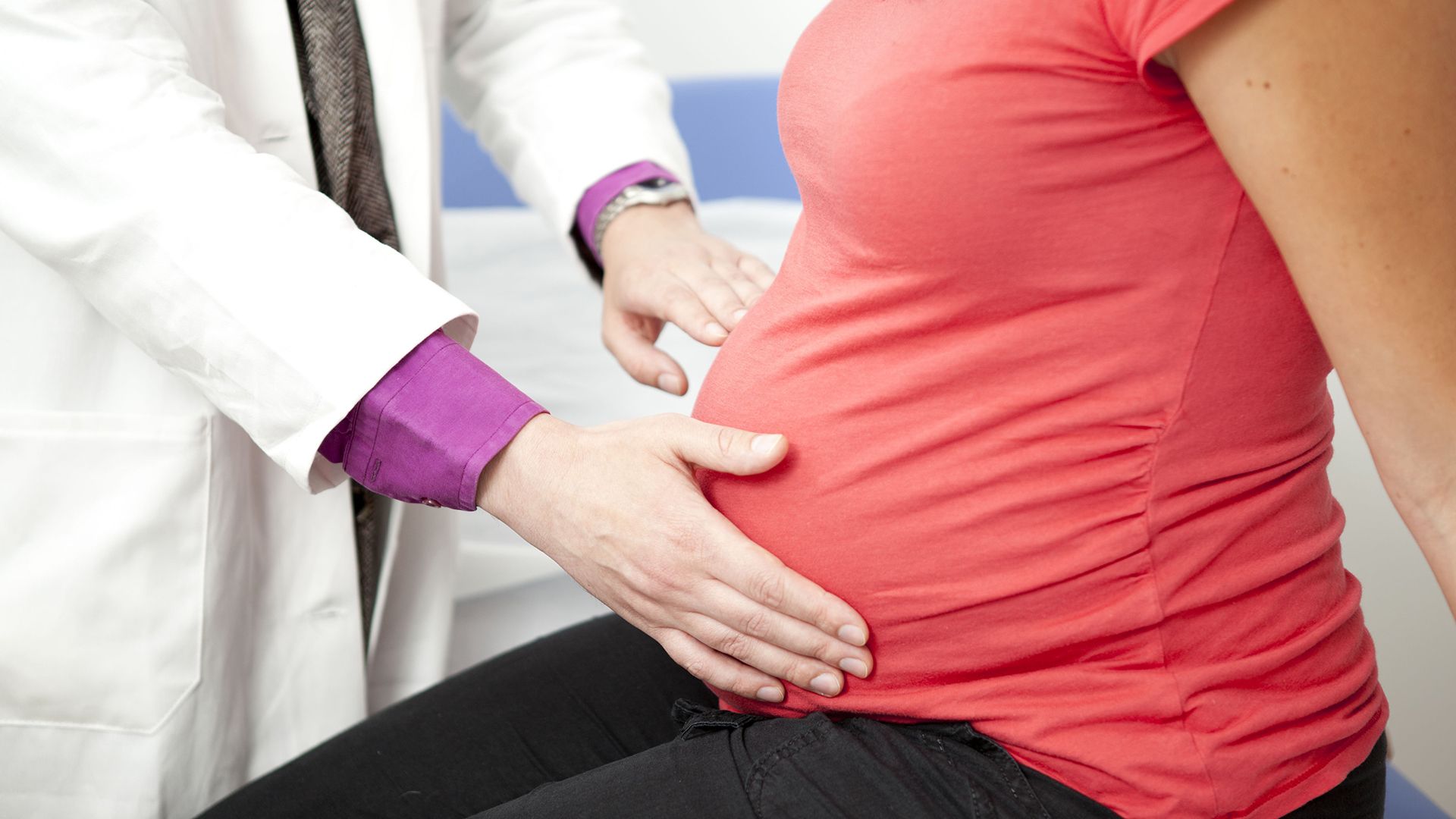In my teen years, I visited an OB for the first time. My doctor mentioned off-hand that I had a retroverted uterus. A little concerned, I asked what that meant; apparently, it's just a fancy word for a uterus that tilts toward your back. Typically, a uterus tilts slightly toward the front of the body. The doctor reassured me that it wouldn't impact my health or ability to carry children. I sighed in relief. At future OB appointments with new doctors, I would mention what I had learned about my anatomy. One doctor mentioned she had done a research project on the correlation between retroverted uteruses and left-handedness; apparently the two correlate somewhat frequently! It makes sense, since I am left-handed.
While my own anatomical quirk is benign, some uterire abnormalities carry different consequences. One good friend of mine has a bicornuate uterus - during a c-section her doctor noticed that she had "a cute heart-shaped uterus". Her uterus might look cute, but it has caused her more than one headache when it comes to carrying babies to term. Most women don't learn that they have any sort of anatomical abnormality until it negatively impacts them. How many different types of uterine malformations are there? More than you might think!
Mullerian Agenesis
This condition is also known as Mayer-Rokitansky-Kuster-Hauser (MRKH) syndrome. It's the most severe form of uterine abnormalities; literally it's an absence of a uterus. People with this condition have a vagina, but no uterus. They typically aren't diagnosed until well into puberty, when the absence of a period raises suspicion.
Unicornuate Uterus
If you imagine the uterus as two halves, each half connecting to a fallopian tube, it's easy to understand why scientists call the two halfs "horns". A unicornuate uterus occurs when only one half of the uterus forms. Often this condition shows the uterus as a banana-shaped organ when imaged.
Bicornuate Uterus
Building on the concept we used to understand unicornuate uteruses, a bicornuate uterus has two "horns". This varies from a "typical" uterus because these horns seem to divide much close to the cervix than normal. Imagine a uterus - now pull the top center of the uterus down toward the cervix. That's what a bicornuate uterus looks like. Like many of these abnormalities, this iteration varies in severity.
Uterus Didelphys
This condition is commonly known as a "double uterus". Sometimes these two uteruses can create a division in the vagina or even a double cervix. Other times, no partition forms, but one vagina and cervix are attached to two cervixes.
Septated Uterus
This abnormality is the most common. Essentially, a division forms that extends from the cervix into the uterus. It's also a common cause of repeat miscarriage. This can be found on ultrasound, but MRI is more effective.
While most of us won't have to cope with one of these abnormalities, we may well know someone who is uncertain about their own reproductive health. Through no fault of their own, their body doesn't look (interally) like the rest of ours. It may not be absolutely necessary, but I would guess that a routine ultrasound could catch some of these issues early on in a person's life, giving them knowledge about their own health. And knowledge, of course, is power.

